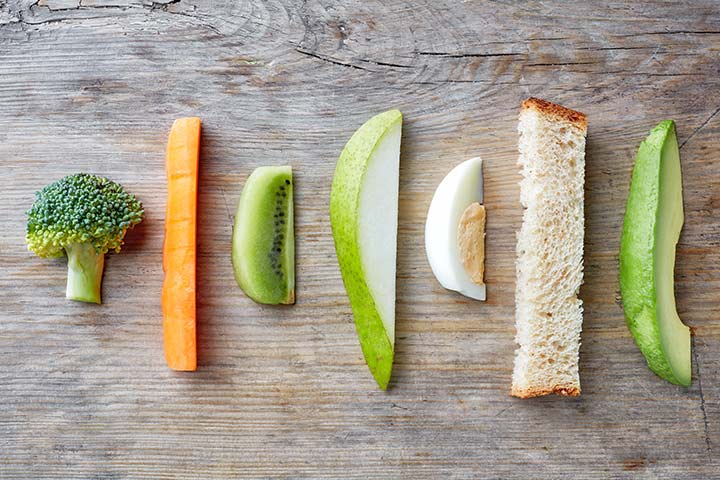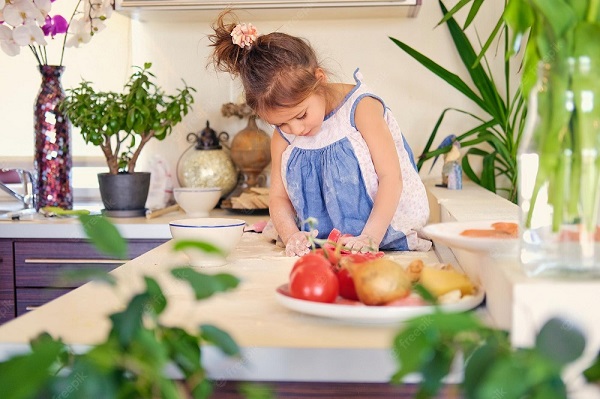So, your little precious bundle has reached an age where it is time to begin weaning. Depending on your babies’ growth and weight, there is no exact date to begin, but this usually happens around 6 months. There are 3 clear signs your baby is ready which include.
- They can stay in a sitting position, holding their head steady.
- They can coordinate their eyes, hands, and mouth so they can look at their food, pick it up and put it in their mouth.
- They can swallow food (allowing for the gag reflex and the process of learning how to bring food to the back of the palate for swallowing)
- Is showing curiosity in the world (pulling off the breast often), what you are eating and reaching for your food.
If this is your first child, it can not only be an emotional time but also a daunting prospect to begin introducing solids. Here are a few helpful tips you can take into the next 6 months of your baby’s life
There are two chains of thought – baby-led weaning and traditional weaning or a combination of both. There is no right or wrong choice, it just comes down to the individual. Regardless, the best first foods for a baby can be served either as a baby food puree or as finger foods for baby-led weaning. This is to complement breast milk or formula as there is a focus to increase food and decrease milk feeds.
There is no hard rule on what foods to introduce to your baby first, as long as they are focussed on including iron-rich food and the food is the right texture.
Iron-rich foods include:
- iron-fortified infant cereal
- minced meat, poultry and fish
- cooked tofu and legumes
- mashed, cooked egg (don’t give raw or runny egg).
To these iron-rich foods, add other healthy choices such as:
- vegetables – for example, cooked potato, carrot or green vegetables like broccoli
- fruit – for example, banana, apple, melon or avocado
- grains – for example, oats, bread, rice and pasta
- dairy foods – for example, yoghurt and full-fat cheese.
In the beginning, introducing food is about discovery and play. All new foods are exciting for your baby and you can mix the first foods. Different tastes = different textures = different nutrients, so experiment and don’t be put off by your baby’s first impression, it can take up to 20 exposure before it is considered ‘safe’.
Other weaning tips include
- Be patient – just like any other skill we learn in life – eating is no different. Begin with small amounts of food (1-2 tsp) and gauge their reaction. Don’t push things if your child refuses or turns their head, just try again in a few days.
- If you prefer to serve puree’s, cook and mash in bulk and freeze in ice cube trays that you can then store in the freezer in a ziplock bag. Then you can mix and match favourite combinations ready for the baby to eat.
- If you choose baby-led weaning – ensure the foods are cooked, squishable and easily held. At first, they may just put the food in their mouth without actually eating much. This is quite normal and this will increase as they adjust to tastes and textures.
- There is always a fear of your child choking on finger foods whether you are doing BLW or simply moving on from purees. To help minimise choking, ensure your baby is sitting up while they are eating and prevent choking by cooking and grating, finely slicing or mashing hard fruits and vegetables like carrots, celery and apple. Cut food into pieces that are smaller than a pea that your baby can easily chew and swallow. According to the Australian Government Department of Health, common foods that cause choking in children include:
- small round and oval foods, like grapes, berries and cherry tomatoes – these foods should always be cut up lengthways.
- nuts and seeds.
- popcorn
- hard foods that can break up into smaller pieces.
- and hard fruits and vegetables.
- By 8 months, it’s typical for your baby to be eating one to two meals a day, as you reduce milk and increase food from puree to lumpier purees and then to finger foods
- Try to eat as a family so baby can see and model how you bring food to your mouth and chew. Mirroring is an important part of development, as too is the choices of food you eat.
- Be prepared for the mess – mess equals fun in a baby’s mind, so placing a spill mat under where they sit or a bib that catches excess spills will be a sanity saver.
- Distraction can be your best friend when baby begins to be a little fussy. Allow them to watch their favourite show or be outside watching nature.
As a reminder, There are some foods you shouldn’t give to your baby.
Avoid:
honey until they are 12 months of age
cow’s milk until they are 12 months of age
reduced-fat dairy food until they are 2 years of age
whole nuts and other hard foods like raw carrot which are a choking hazard until they are three years of age
unpasteurised milk
added salt and sugar to homemade food
and juices, cordials, sugar-sweetened drinks, tea or coffee.





